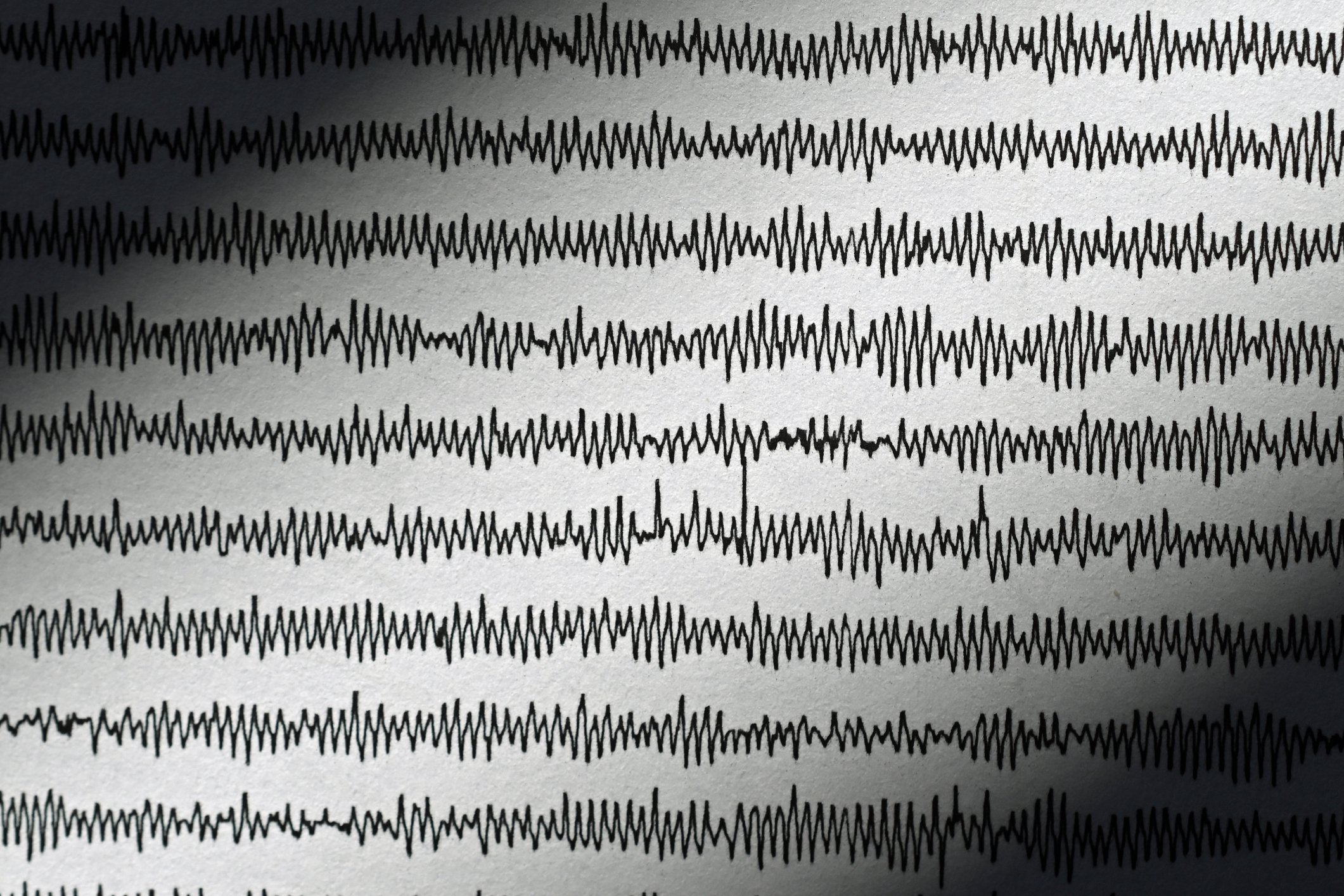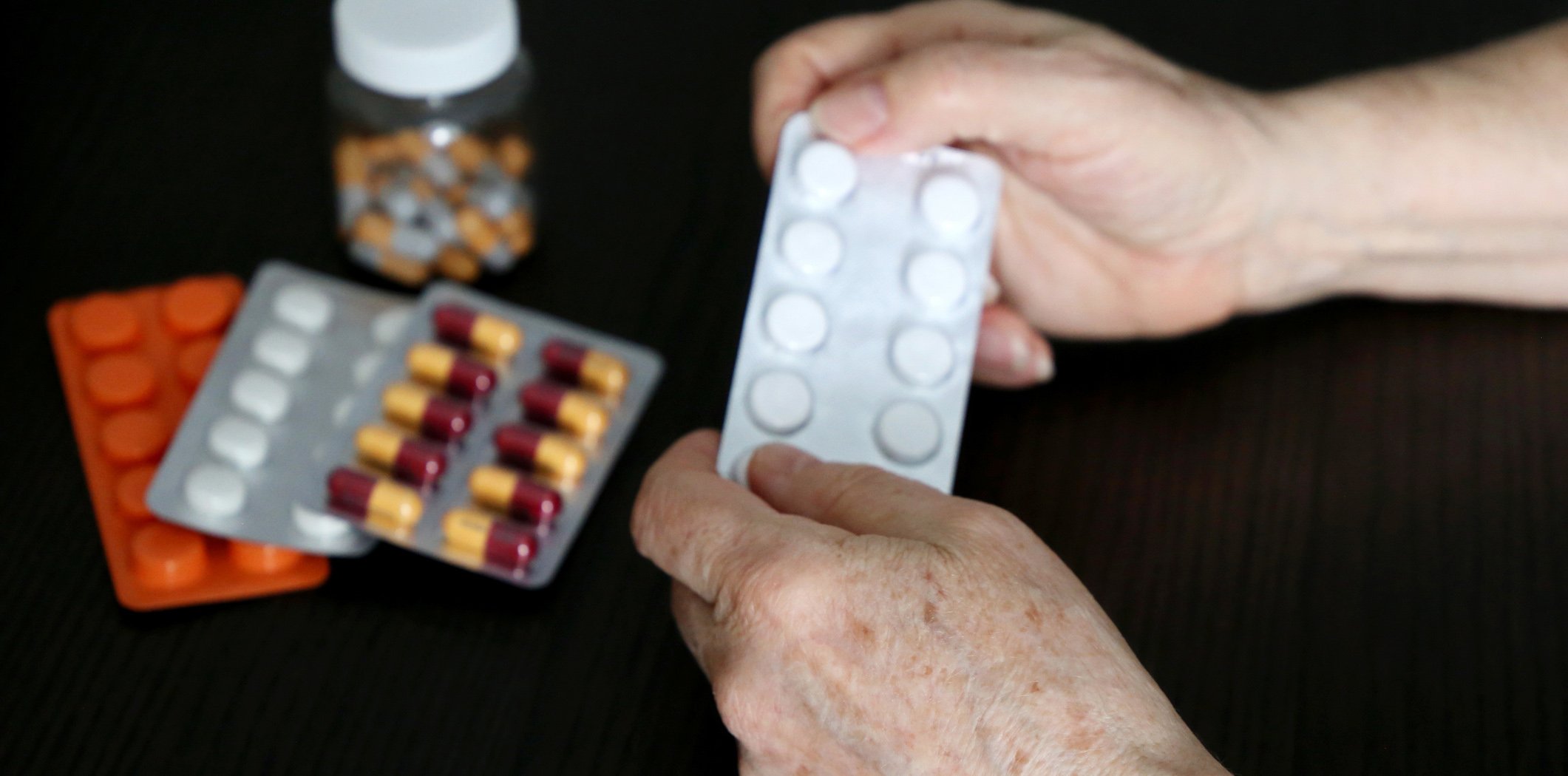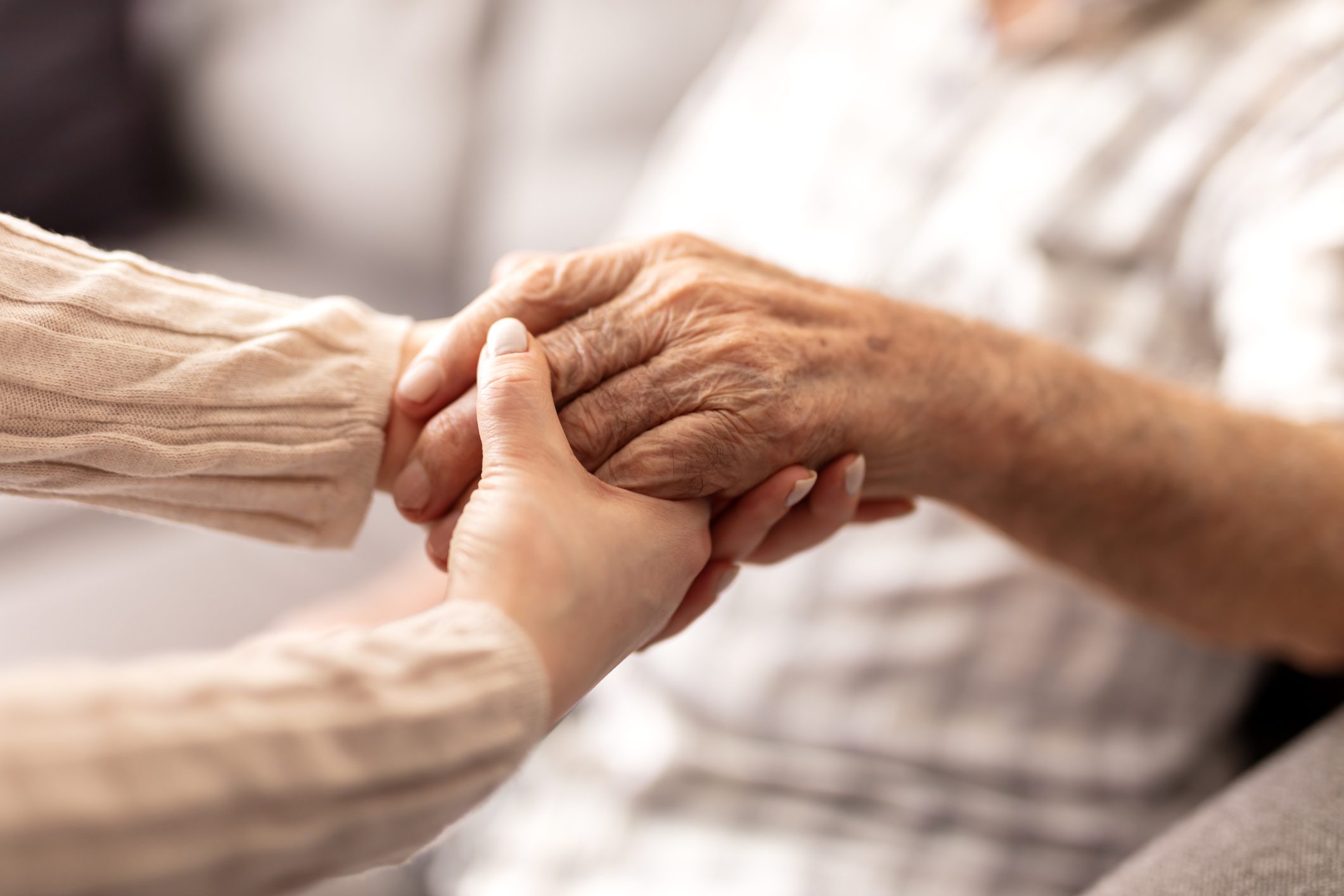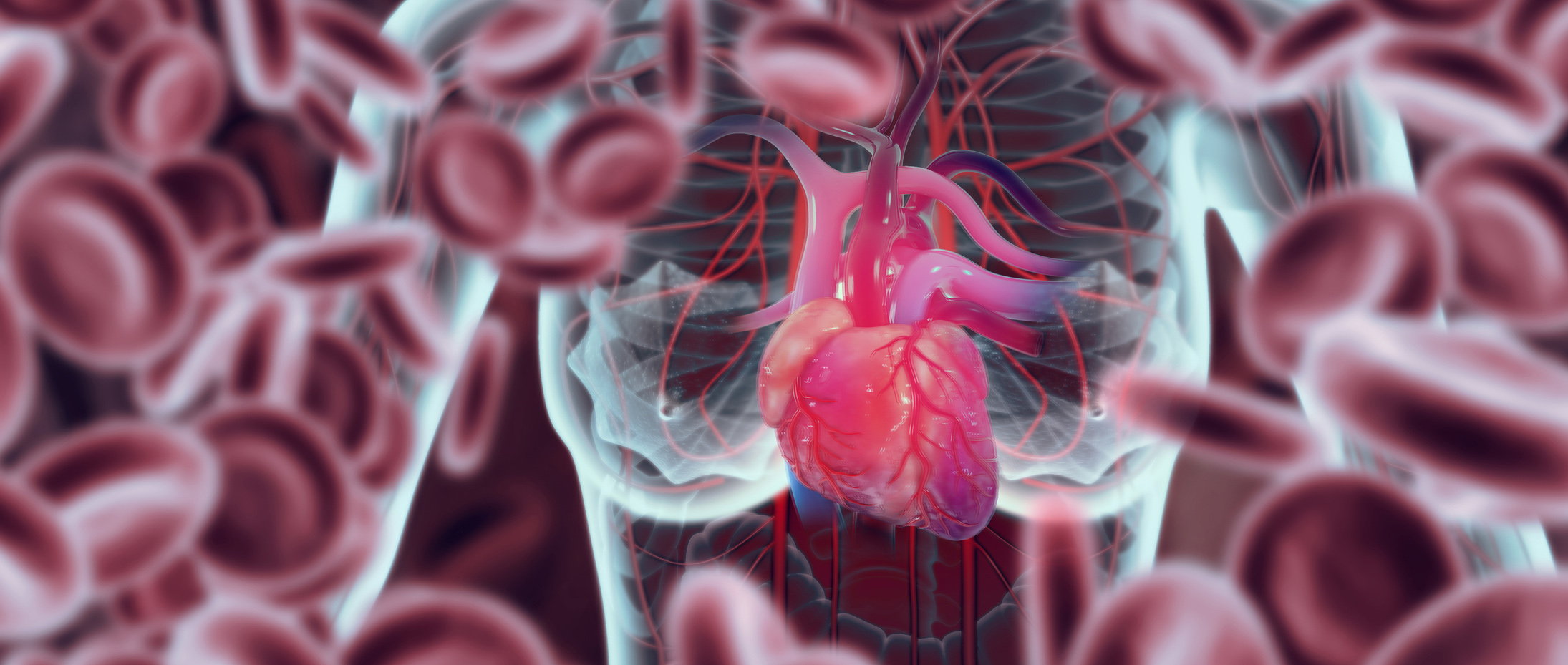Falls are up to one-quarter more common in cancer survivors than in the general population. A crucial role seems to be played by neuropathies triggered by chemotherapies. Patients sometimes struggle with it for months or even years, a study shows.
So-called chemotherapy-induced peripheral neuropathy (CIPN) is a sometimes painful condition resulting from cancer treatment that occurs in up to two-thirds of all people treated and is difficult to address preventively. The possible symptoms are varied and range from sensory impairments and pain to muscle weakness and impaired muscle intrinsic reflexes. In severe acute cases, the only remaining option is to reduce the dose or to stop therapy. It becomes particularly difficult when the neuropathy persists.
About the prevalence, a systematic review in 2014 [1] had found that 30% of patients still had CIPN even at least half a year after chemotherapy. Of course, there were differences between agents and, also unsurprisingly, various risk factors played a role, both clinical and genetic. Winters-Stone and colleagues’ new study on the topic, however, was not primarily concerned with researching the clinical picture per se, but rather with a “hands-on” approach. Targets for functional rehabilitation were to be identified by subjectively, but also objectively (in contrast to many previous studies), surveying and comparing the physical function of those affected.
Effects of CIPN symptoms on body function.
The data analysis compared a total of 512 women aged about 60 years whose cancer diagnosis was a good six years ago (so-called survivors) – depending on whether or not they had self-reported CIPN symptoms – for the following factors:
- Self-reported physical function or limitation and falls in the past year.
- Objective survey of maximum leg strength, timed “chair stand” test, physical function test battery, gait (speed, step count, pace, length, support).
In fact, those women with CIPN symptoms – and this was still half (47%) six years after therapy – had both worse objective and worse subjective functional scores (with the exception of two parameters: maximum leg strength and support during a normal walk). Specifically, CIPN self-reported a highly significant risk increase by a factor of 1.8 for falls and significantly more frequent symptoms of physical limitation (also in everyday activities). Objectively, the gait was slower and significantly more, but smaller steps were taken.
Symptom severity was linearly associated with functional deterioration, physical limitation, and higher risk of falls.
Clinical relevance of the results
Falls are first and foremost a danger to the person affected, sometimes with fatal consequences. Second, they represent a significant health economic burden. Cancer patients/survivors are particularly affected [2,3], and as the study showed, even years after treatment. If the problem of CIPN-associated falls [4] is to be effectively addressed, profound changes in everyday clinical practice are needed. Early risk screening with triage into appropriate programs that target and train balance, gait, proprioception, and postural stability appropriate to each patient’s activities of daily living could alleviate the problem of functional limitations. Ideally, baseline assessment for signs and symptoms of neuropathy, e.g., sensory disturbances or deficits in mobility and balance, would be performed prior to initiation of chemotherapy and subsequent monitoring during therapy for early detection of any problem areas. Winters-Stone et al. provide important insights into the affected areas (such as gait). At the same time, they provide survey strategies for the clinic.
Looking over the recommendations on the topic, e.g., from the US National Comprehensive Cancer Network, which published already in 2009 on drug and non-drug management of CIPN symptoms [5], or more recent work [6], the fact that CIPN management should not be limited to drugs alone or mainly seems important in light of Winters-Stone’s data. Therapeutic training and preventive programs with those at risk for falls are promising, albeit costly, measures and focus on prevention of complications rather than purely medication-based CIPN management. The effectiveness and cost-effectiveness of specific prevention programs is increasingly becoming the focus of attention and will be the subject of future studies. In addition, other fall risk factors in (former) cancer patients, such as brain metastases or previous falls, should not be forgotten and should be investigated in more detail [2].
Combination of objective and subjective parameters
As in some previous studies, some parameters were collected by self-report, which may limit the reliability of the data. The combination with objective parameters such as gait, strength in the legs, etc. thus served on the one hand to support the self-reports, and on the other hand was intended to show where the concrete potential for prevention lies. Where do you have to start to prevent falls? The answers would be there, now it’s a matter of systematically putting them into practice.
In a nutshell
- Peripheral neuropathy may occur with chemotherapy.
- This can affect physical function, with increased risk of falls for the individual.
- Fall prevention can be useful in this context.
Source: Winters-Stone KM, et al: Journal of Clinical Oncology 2017; 35(23): 2604-2612.
Literature:
- Seretny M, et al: Incidence, prevalence, and predictors of chemotherapy-induced peripheral neuropathy: A systematic review and meta-analysis. Pain 2014; 155(12): 2461-2470.
- Wildes TM, et al: Systematic review of falls in older adults with cancer. J Geriatr Oncol 2015 Jan; 6(1): 70-83.
- Mohile SG, et al: Association of Cancer With Geriatric Syndromes in Older Medicare Beneficiaries. J Clin Oncol 2011 Apr 10; 29(11): 1458-1464.
- Tofthagen C, Overcash J, Kip K: Falls in persons with chemotherapy-induced peripheral neuropathy. Support Care Cancer 2012 Mar; 20(3): 583-589.
- Stubblefield MD, et al: NCCN task force report: management of neuropathy in cancer. J Natl Compr Canc Netw 2009 Sep; 7(Suppl 5): S1-S26; quiz S27-28.
- Hershman DL, et al: Prevention and management of chemotherapy-induced peripheral neuropathy in survivors of adult cancers: American Society of Clinical Oncology Clinical Practice Guideline. J Clin Oncol 2014; 32: 1941-1967.
InFo ONCOLOGY & HEMATOLOGY 2017; 5(5): 5












